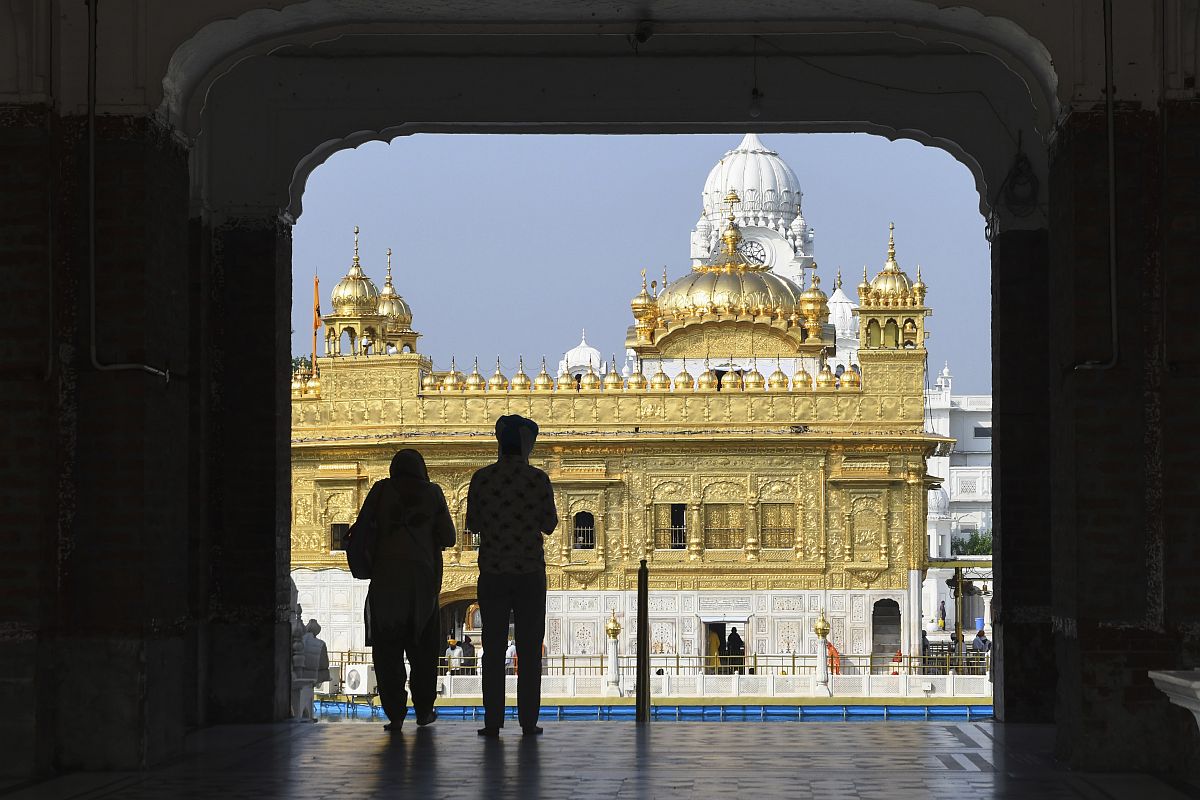Visiting a Temple or place of holy worship is to align with the vibrations and energies of the devotional or spiritual faith. When going on a devotional trip to temples in India, it is important to follow certain etiquettes and observe do’s and don’ts.
Dress appropriately and respect religious practices
Advertisement
While we have the freedom to wear anything we like, when attending a place of worship, it is crucial to be mindful of what to wear for what occasion. “Wear modest clothing that covers your shoulders, chest, and legs. Almost all temples require visitors to remove their shoes, so wear easy-to-remove footwear. At tourism-centric locations, we tend to dress up as per the outing or casual attire, but if temple visits are a part of your itinerary then don’t forget to dress in accordance with the needed protocol of the visiting temples – which is region-specific, as well do not consider Temple Visit as mere sightseeing agenda but more of visiting a place of Holy Worship and Devotion. Observe and follow the rituals and customs of the temple. Offer prayers sincerely and avoid any disrespectful behaviour,” says Giresh Kulkarni the founder of Temple Connect – an Initiative to connect Global Pilgrims with Temples by Empowering its ecosystem through documenting, digitalising, and distributing rich content to the world.
Maintain cleanliness and control habits
The saying “Cleanliness is next to godliness” is true in all its mental, physical, and spiritual manifestations, it is important to groom yourself before entering a temple as in some religions it symbolises spiritual purity and virtue.
Giresh Kulkarni says, “Take a bath or shower before going to the temple, as cleanliness is highly valued in Indian culture. As per devotional, religious, or spiritual beliefs – consumption of alcohol, chewing tobacco, or cigarettes / E-cigarettes before visiting temples or shrines is not considered to be the right process as it relates to the religious sentiments of every belief by the temples being visited – so being cautious and self-aware on supporting these aspects is a personal awareness towards the visiting temple location.”
Silence and calmness
Devotees or pilgrims visiting temples or sites of holy worship come with varying emotions and beliefs; it is our responsibility to align with the same mood and make the experience memorable.
“Keep noise levels to a minimum and speak softly within the temple premises. Maintain a calm and serene demeanour to show proper respect to the deities and other worshippers. There are proper Q management systems installed and monitored by the temple authorities – an organised and calm approach will always be the best for quick and proper temple visits. The temple can get crowded during peak hours. Be considerate towards fellow devotees, maintain queues, and avoid pushing or disorderliness,” says the founder of Temple Connect.
Photography and videography restrictions
Make sure that you are aware of the temple’s photographing and videography policies. According to Giresh being discrete and preventing needless commotion is advised, even if it is permitted. He says, “There are areas for self-clicks and family pictures specifically marked at the Temple Locations or Shrines of holy worship – follow the same as well as consult the temple administration or management representative in case of more specific guidelines”.
Do not touch or disturb religious artefacts
Whenever you go to a temple, keep your distance and avoid touching or handling idols, religious artefacts, or any sacred items unless permitted, Giresh says, “Respect the sanctity of the place and its belongings. Temples and the Dharshan at religious places have different formalities and procedures in different parts of India, There are some temples mostly in Central and Northern Indian geographies which touching the temple deity or entering the Garbha Graham or sanctum sanctorum is permitted, and in Southern India, its completely a not permitted, in some states the temples are owned and managed by communities or families and rules or protocols may change subject to their rituals – hence understanding the needed flow as per regional formalities is a must.”











